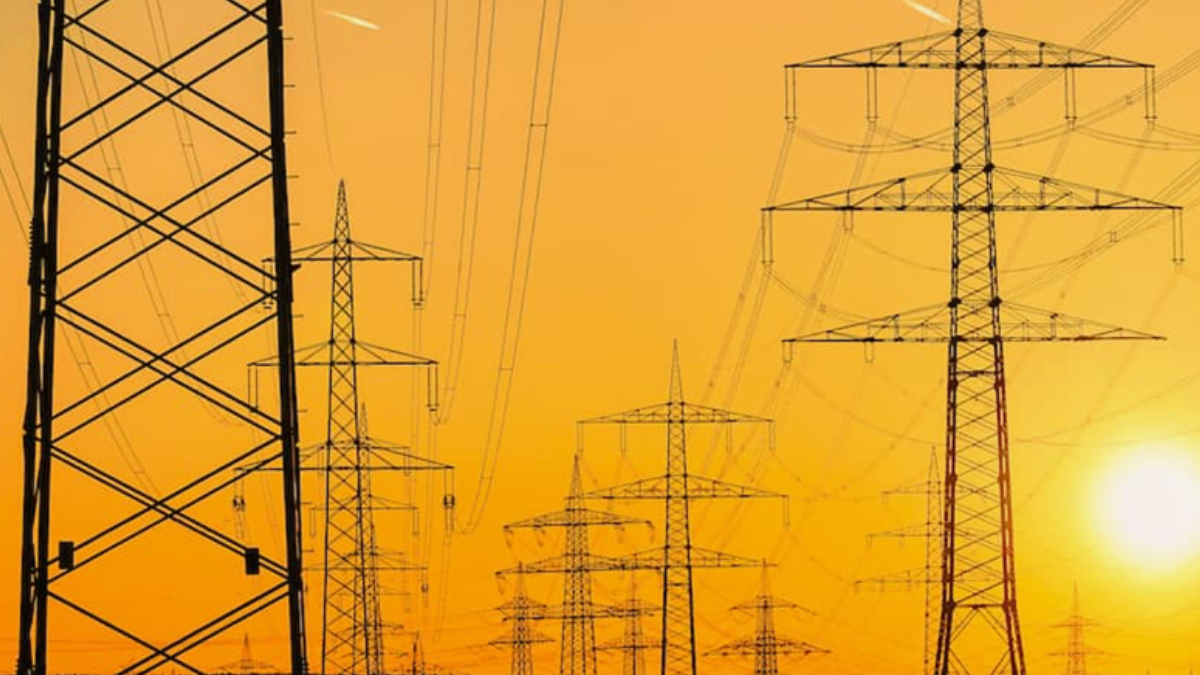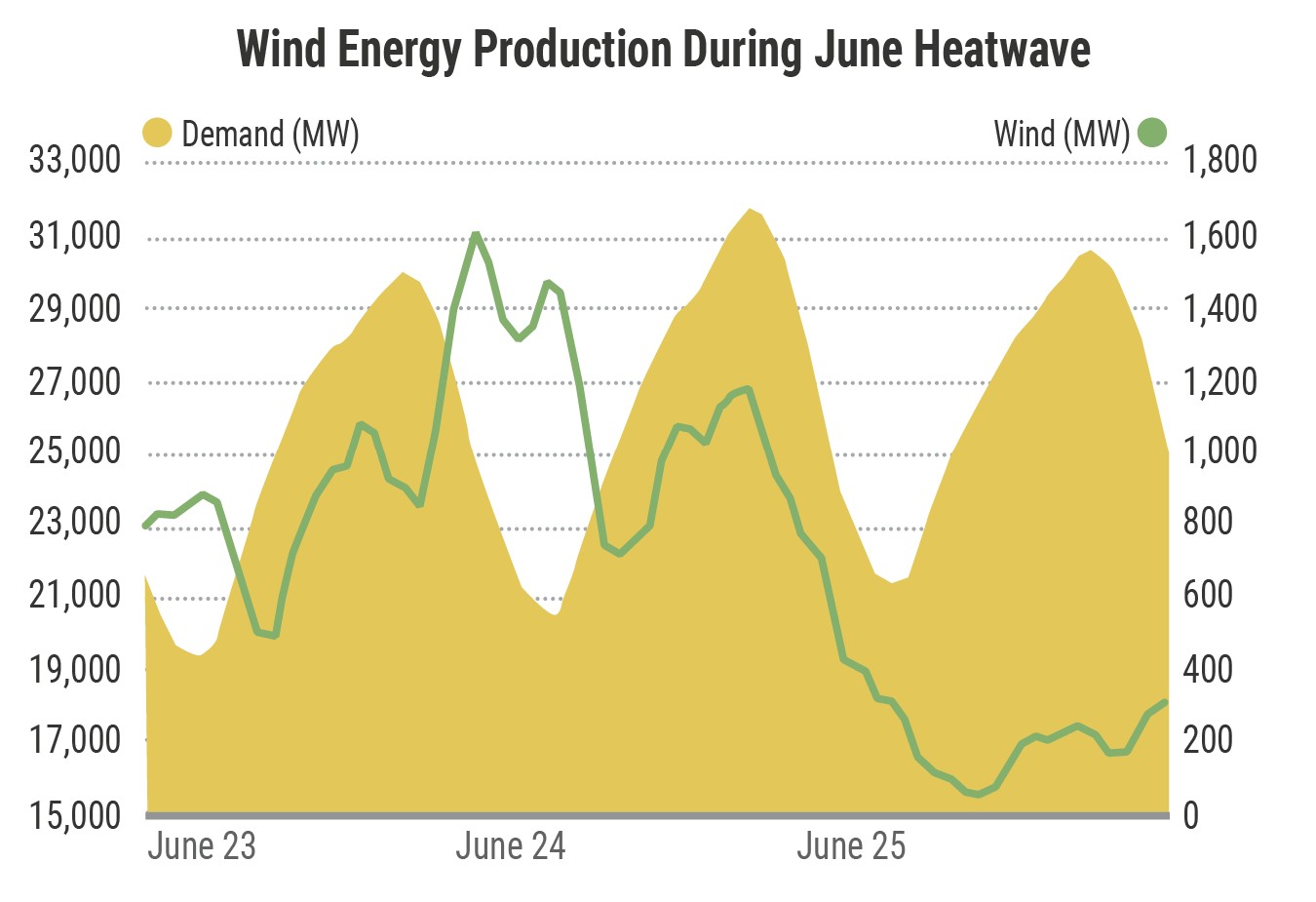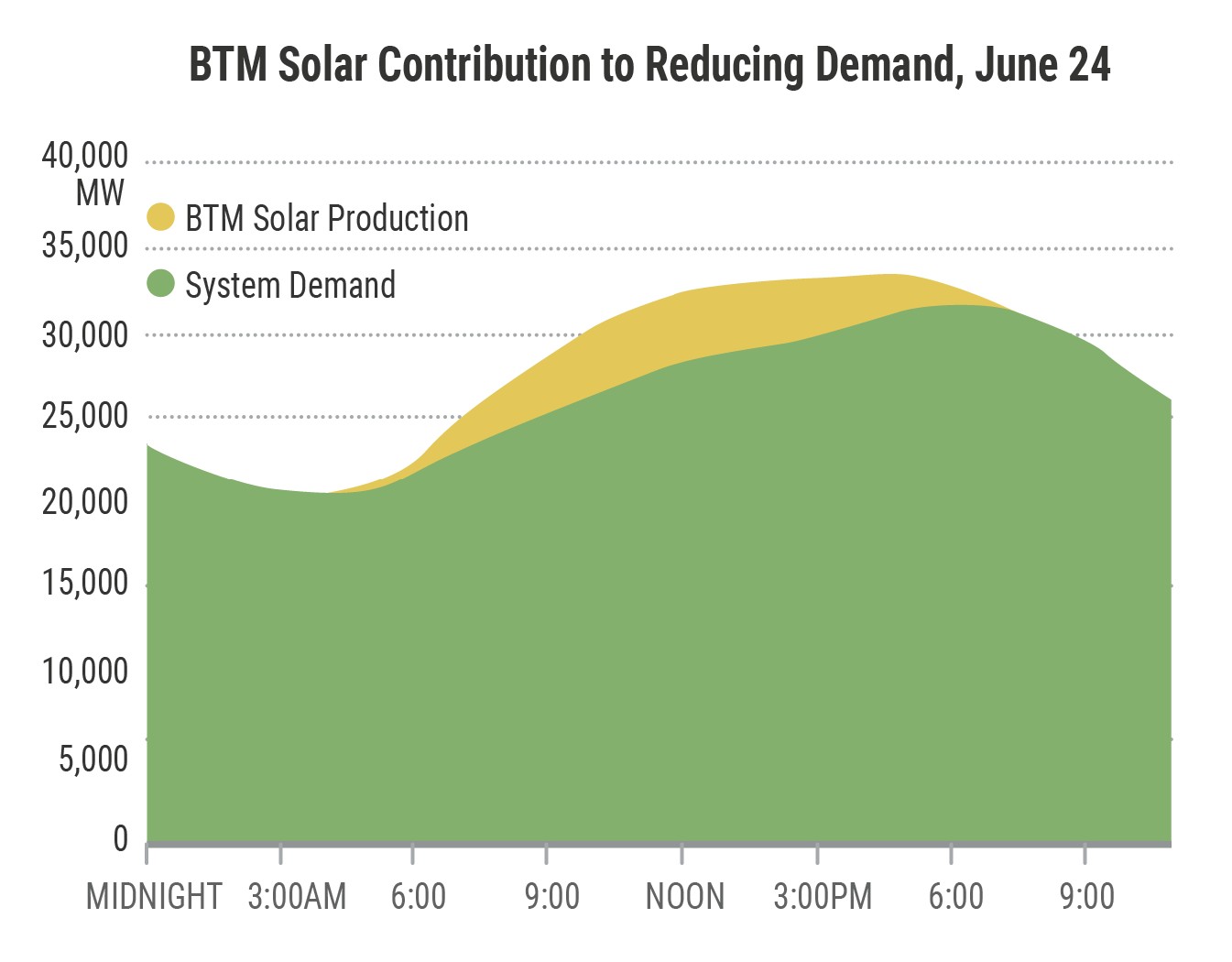June Heatwave Tests Electric Grid in New York

In June, soaring temperatures tested New York’s grid, with demand reaching 31,857 megawatts (MW), the highest peak recorded on New York’s grid since 2016.
During the three-day heat wave, renewable resources and demand response programs helped shave demand. Without these contributions, New York may have surpassed its all-time summer record of 33,956 MW.
However, a sharp decline in wind power on the third day required NYISO operators to activate dispatchable, fossil-fuel generators and purchase electricity from other grids.
Fossil-fuel generators experienced challenges during the heatwave. Specifically, more than 2,000 MW of aging capacity was offline. During other instances of high demand, NYISO has coordinated with neighboring grid operators to import additional electricity to make up for the loss of in-state generation. As the June heatwave peaked on June 24, neighboring grid operators curtailed approximately 2,000 MW of scheduled exports into New York to maintain their own reserves. This reduction prompted NYISO operators to initiate emergency energy purchases in order to maintain system reliability. To maintain adequate reserve levels, grid operators were required to purchase emergency electricity from Canada and the Midwest.
Under its newly established Grid Alert system, the NYISO issued multiple Energy Watches on June 24 and 25 due to declining reserve power. On June 24, the Energy Watch was raised to an Energy Warning when energy supply reserves decreased below 1,965 MW.
Wind
The June heatwave was notable because it was accompanied by relatively strong winds. Wind power generation tends to be lower during the summer months compared to other seasons like spring and winter.

Generally, solar resources in New York generate more energy across the spring and summer months than in the winter, while wind resources tend to produce more energy in the winter than in the summer.
For the first two days of the heatwave, New York’s wind energy resources consistently contributed 800 to 1,000 MW of power, briefly peaking at 1,600 MW on June 24.
But while wind helped supply the soaring demand for electricity on June 23 and 24, by June 25, wind production declined significantly, highlighting the limits of intermittent resources during extreme weather. That meant operators had to call on imports and dispatchable resources, like hydropower or fossil fuel-fired generation to fill the void left by the declining wind.
Distributed Energy Resources & Solar
Distributed energy resources describe a broad range of resources that reduce demand on the bulk power system operated by the NYISO. They include generation technologies, like solar power, that supply customers directly, as well as programs that involve customers adjusting their demand in response to conditions on the power grid.
Solar power has grown rapidly in the last decade. This versatile resource can be installed to supply the grid directly (grid-connected solar) or behind-the-meter (distributed solar) to reduce the amount of demand on the power grid. New York State established a goal of installing 10,000 MW of distributed solar across the state by 2030. At the end of 2024, more than 6,000 MW of solar was installed.
On June 24, distributed solar resources in New York supplied more than 4,000 MW of load between 11 a.m. and 2 p.m., lowering peak demand on the system and shifting it by three hours. Without these resources, total demand for energy would have peaked at 33,410 MW at 3 p.m., about 550 MW lower than the 2013 record. At that time, distributed solar was supplying more than 3,300 MW of power. The NYISO also activated demand response three days in a row through the June heatwave. Approximately 1,280 MW of demand response resources currently participates in NYISO’s market.
